I think birds are eating my succulents :(
DCortez US, Ca (9b)
7 years ago
Featured Answer
Comments (34)
rina_Ontario,Canada 5a
7 years agolast modified: 7 years agoDCortez US, Ca (9b)
7 years agoRelated Discussions
is there any hope? i think i killed my succulents
Comments (9)Thx for the info Brad. Pretty interesting, I'd read from various sources that perlite was good to use. Like I said, I went to them thinking they would be more informed about garden stuff...I guess not. I specifically asked about perlite and was told, "no way, do not use that stuff...it holds the moisture in the soil." I found that really odd because I recall my research and the bag of perlite specifically stating improves drainage and aeration. I did add it but not to the ratio you indicated. I figured this bag of cactus mix was better than the miracle grow stuff that home depot and lowes carries. Would it be a good thing or a bad thing to repot the plants and mix in more perlite into the soil?...See MoreBIrds have been at my seeds-Peas are dying..I think
Comments (6)Birds are often the culprits for excavating new seeds; and small rodents. One system which may work for you is to get some small mesh 'chicken' wire to put over a row of wire hoops pushed well into the ground. Fasten the wire to the hoops. When the plants are up you can either leave the protection there until you're ready to harves - or move the wire across to a new site. (Aside: if you have found a source of trashed supermarket trolleys those baskets make very good protection for young plants and small patches of strawberries ;-) ) For the euc's: ask on the Australia forum. There are many species of Eucalyptus. Bear in mind that if you get more rain than the Blue Mountains your plants are going to grow much faster. For the tomatoes - generous holes with the soil well-mixed with plenty of compost, a stake or other means of support, and the recommended serving of fertiliser, followed by reliable watering. A trickle system would probably work well and ensure that the leaves aren't left damp. For soil-planted plants - you might want to investigate what it would take to install a watering system on an automatic timer. Trickle is probably more economical and effective than sprinklers as such. For plants you're growing on, or house plants - might be worth looking at capillary watering pads. (More forums to look at!) PS unless you have access to vast amounts of material - and mechanical assistance - your compost heaps will never supply all the organic stuff you'll want in your garden. It pays to allocate a chunk of the garden budget for buying in. If you develop the habit of always adding a couple of gallons of compost to the soil whenever you put in a new permanent plant - and a six inch layer when you renew your beds for annuals and bulbs your soil will steadily improve and so will the water-holding capacity. Mix it through rather than burying a layer. In some soils buried compost can become a toxic mess. Clay can be particularly bad this way. Keep the humus in the top six inches. If you're not home often enough to water things week by week - a deep watering and a hefty mulch layer can help plants carry over. Usually established plants will be fine. It's just the new ones that are making roots to escape from the root ball that can seriously suffer. Bare-rooted planting can take a year or so to create a decent root mass. With that in mind you might want to work a patch at a time to give the high intensity care needed to get plants well-established....See MoreHelp! I think my succulents may be dying! Can I save them?!
Comments (17)You need to get them growing properly first before thinking of what you do with them at a later stage. If you are new to this, best keep them individually potted as they are different types, you can always group pots in a container and cover rims with stones for a group look! Whether they will pull round remains to be seen as they look pretty damaged at the moment. You won't be able to buy a soil off the shelf, sadly no one sems to sell anything that resembles a good fast draining mix, that's why we need the separate ingredients to mix together. Gill...See MoreSOS I think I'm slowly killing all of my succulents! Please help!
Comments (13)From the pictures, doesn't look like anything is really wrong. Old leaves are supposed to droop and die, then new ones replace them. The Pleiospilos with the flower bud is blooming out of season so it's all mixed up, plus it needs full sun to get the blooms to open, plus it likely is in root shock from the repotting so no surprise it isn't performing at its best. You really should put each plant into its own pot, they don't all share the same growing needs so you can't really take care of them properly that way. Second thing is try to ID what you have and learn about their growth needs. Reading and learning is the key. Don't be discouraged by the inevitable early failures. Read more about appropriate soil mixes, pots, sun and temperatures. If you have the ability to grow these outdoors they will be much healthier than indoors. Succulents are not good houseplants. They are good at tolerating poor conditions but that doesn't necessarily make them for a windowsill. x...See Moregreenclaws UK, Zone 8a
7 years agohoovb zone 9 sunset 23
7 years agodeva33 Z8 Atlanta
7 years agoLH CO/FL
7 years agoDCortez US, Ca (9b)
7 years agomarguerite_gw Zone 9a
7 years agodeva33 Z8 Atlanta
7 years agoaakajx
7 years agoRhonda
7 years agoCrystal Mougier Du Plessis
5 years agorina_Ontario,Canada 5a
5 years agolast modified: 5 years agochuckerfly
5 years agorina_Ontario,Canada 5a
5 years agolast modified: 5 years agochuckerfly
5 years agorina_Ontario,Canada 5a
5 years agolast modified: 5 years agoNil13 usda:10a sunset:21 LA,CA (Mount Wash.)
5 years agodd
5 years agoLady Wildfire
5 years agomarguerite_gw Zone 9a
5 years agoCharline X
5 years agomarguerite_gw Zone 9a
5 years agoYcloh1 (Singapore)
5 years agolast modified: 5 years agomokling894
4 years agoMaria Elena (Caribbean - USDA Zone 13a)
4 years agolast modified: 4 years agoMeyermike(Zone 6a Ma.)
4 years agoYcloh1 (Singapore)
4 years agoMaria Elena (Caribbean - USDA Zone 13a)
4 years agoSilvia Christophoros Garcia
4 years agoMaria Elena (Caribbean - USDA Zone 13a)
4 years agolast modified: 4 years agoLady Wildfire
3 years agoMaria Elena (Caribbean - USDA Zone 13a)
3 years agolast modified: 3 years ago
Related Stories
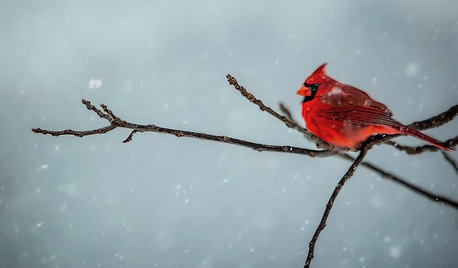
GARDENING GUIDESBackyard Birds: Northern Cardinals in the Snow, and Other Red Birds
Brilliant crimson feathers make these friends stand out in a crowd
Full Story
GARDENING GUIDES10 Creative Ideas for Cactus and Succulent Gardens
Arrange cactuses and succulents amid salvaged treasures, against a vibrant painted wall or in terraced beds
Full Story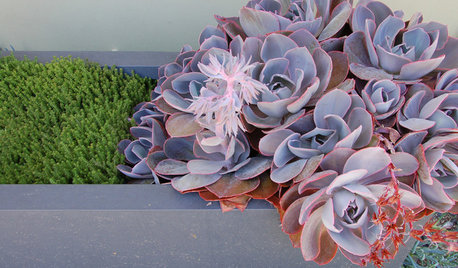
SUCCULENTSGrow a Garden of Succulents for Easy Beauty
Low-water plants in a wide range of colors, shapes and sizes? Sign us up — and check out our faves here
Full Story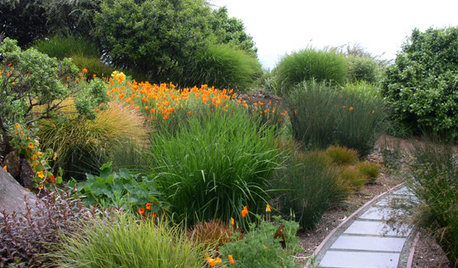
GARDENING GUIDESNew Ways to Think About All That Mulch in the Garden
Before you go making a mountain out of a mulch hill, learn the facts about what your plants and soil really want
Full Story
SMALL SPACESDownsizing Help: Think ‘Double Duty’ for Small Spaces
Put your rooms and furnishings to work in multiple ways to get the most out of your downsized spaces
Full Story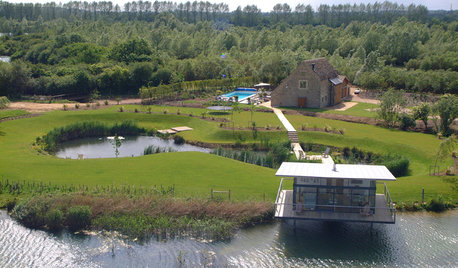
MODERN ARCHITECTUREHouzz Tour: Creative Thinking Yields a Lakefront 'Living Room'
Careful planning leads to a new structure and location for a stellar view
Full Story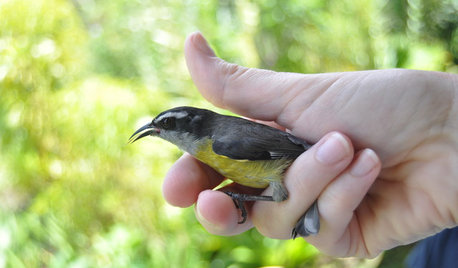
GARDENING FOR BUTTERFLIESBring on the Birds: Natural Habitat Ideas for Gardens of All Sizes
Provide nesting, watering and perching spots inspired by the Costa Rican jungle and watch the birds flock on over
Full Story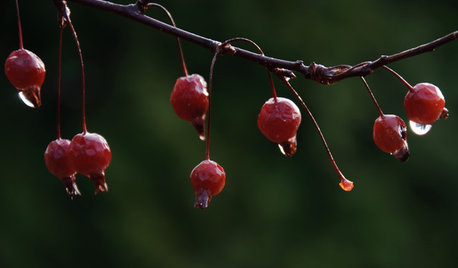
GARDENING FOR BIRDSFeed the Birds: 6 Plants for Abundant Winter Berries
Be kind to your fair feathered friends during lean food times by planting a shrub or tree loaded with nutritious snacks
Full Story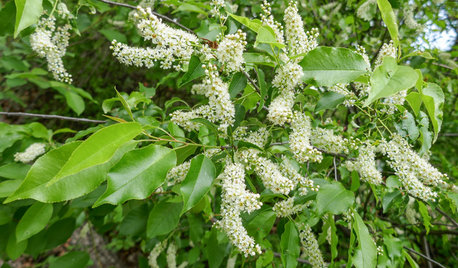
GARDENING GUIDESPlant Black Cherry Trees for the Birds and Bees
Plant Prunus serotina in the Central and Eastern U.S. for spring flowers, interesting bark and beautiful fall color
Full Story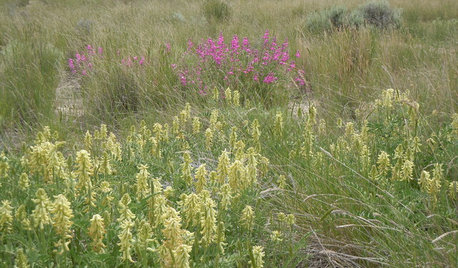
GARDENING GUIDESGreat Design Plant: Canadian Milkvetch Draws Bees and Birds
Its seedpods have visual appeal, but winged creatures are lured to Astralagus canadensis for more than its looks
Full Story


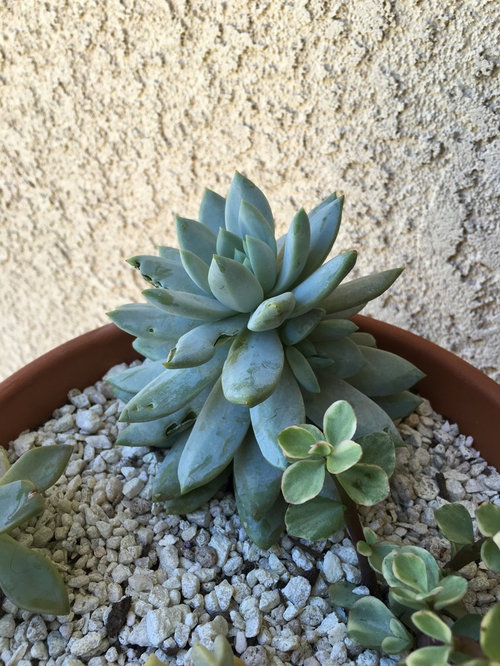
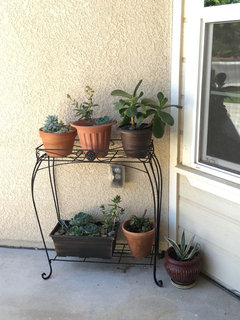
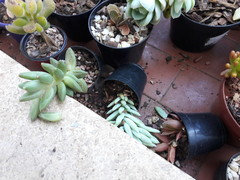
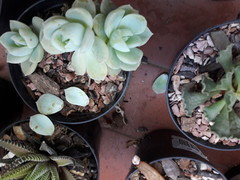
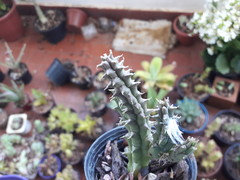
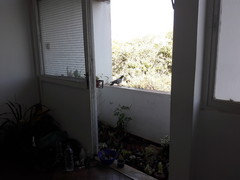

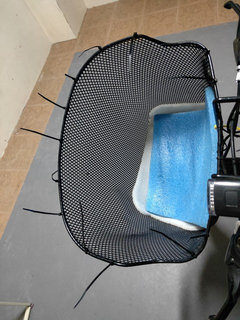
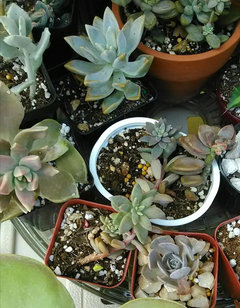
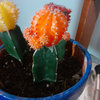
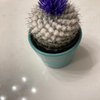
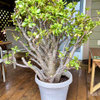

Maria Elena (Caribbean - USDA Zone 13a)